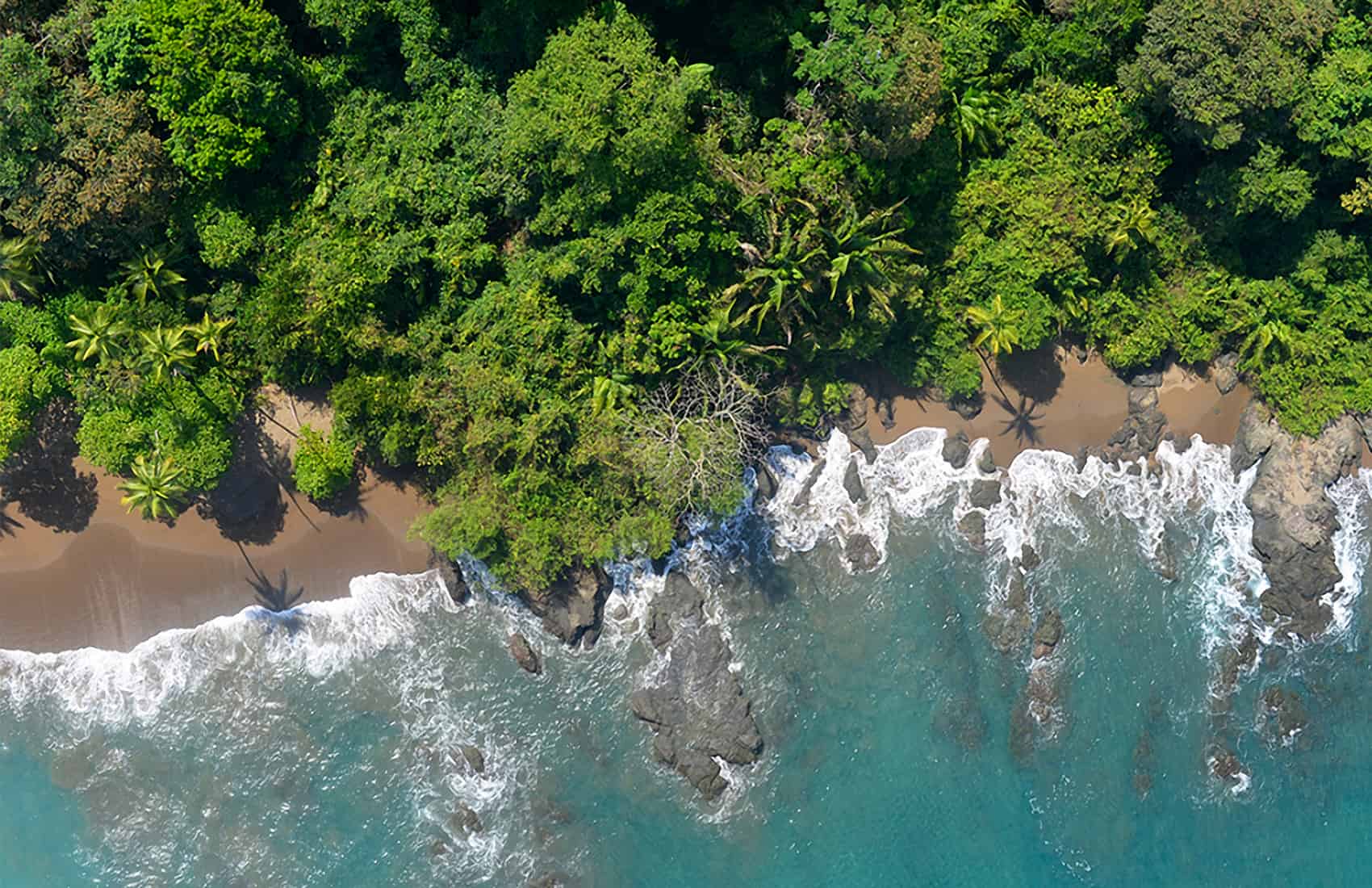More than a thousand delegates from around the world, including 30 environment ministers, opened a three-day meeting in Costa Rica on Tuesday to discuss an agenda against climate change.
Amid the skepticism of the leaders of large countries, such as United States and Brazil, participants raised the need to look in nature for mechanisms to contain global warming, caused by the emission of carbon dioxide (CO2).
That theme dominated the opening of the meeting near San José, which serves as a preamble to the 25th Conference of the Parties (COP25) on climate change to be held in December in Chile.
“Let’s raise our gaze to understand that what we face in terms of climate change is nothing less than the existence of humanity,” said Costa Rican diplomat Christiana Figueres.
Balancing science and economics
The meetings in San José unite 1,500 participants to discuss the climate agenda prior to COP25 in Chile.
Figueres led the negotiations that culminated in the 2015 Paris Agreement, in which 195 countries pledged to reduce their CO2 emissions to contain global warming.
“Science has told us that to thrive on this planet — not only survive — we cannot let the temperature rise beyond 1.5 degrees [Celsius],” Figueres said.
However, the meeting takes place while countries that have a large impact on the climate agenda — such as the United States and Brazil — have rulers who have shown disinterest in the commitments against global warming.
The Italian environmentalist Marco Lambertini, general director of the World Wildlife Fund (WWF), discussed a need to reverse two trends: the increase in greenhouse gas emissions and the fall in biodiversity.
He proposed a global pact around key goals such as “zero loss of habitats, zero extinction of species due to human effect, and halving the footprint of production and consumption.”
The Romanian Christiana Pasca Palmer, executive secretary of the Convention on Biological Diversity, called for a change in the global economic model. The world invests between 50 and 80 billion dollars annually in biodiversity, she said, when the need is at least 300 billion.
In the same way, Costa Rica’s Minister of the Environment, Carlos Manuel Rodríguez, warned that today, “much more is invested in activities that destroy nature than in those that preserve it.”
Investments in nature
Rodriguez said that fossil fuel subsidies are 1,000 times higher than investment in nature protection, while deforestation activities receive investments 144 times higher than forest preservation.
He considered it necessary to advance to a new economic model that moves away from carbon and adopts nature as an ally.
“In nature there is 30% of the solution to the climate problem,” said Gabon’s Minister of Forests, Seas and Environment, Lee White.
Rodríguez cited the example of Costa Rica, which in the last 30 years increased its forest cover from 30% of its territory to 58% while tripling the size of its economy.
“Costa Rica has shown that the protection of nature is not a burden for growth and development,” Rodriguez said.
He noted that Costa Rica’s government launched a decarbonization plan this year that seeks to suppress the use of fossil fuels by 2050, focusing on a new paradigm in transport, fiscal policy, and agricultural and industrial production.






